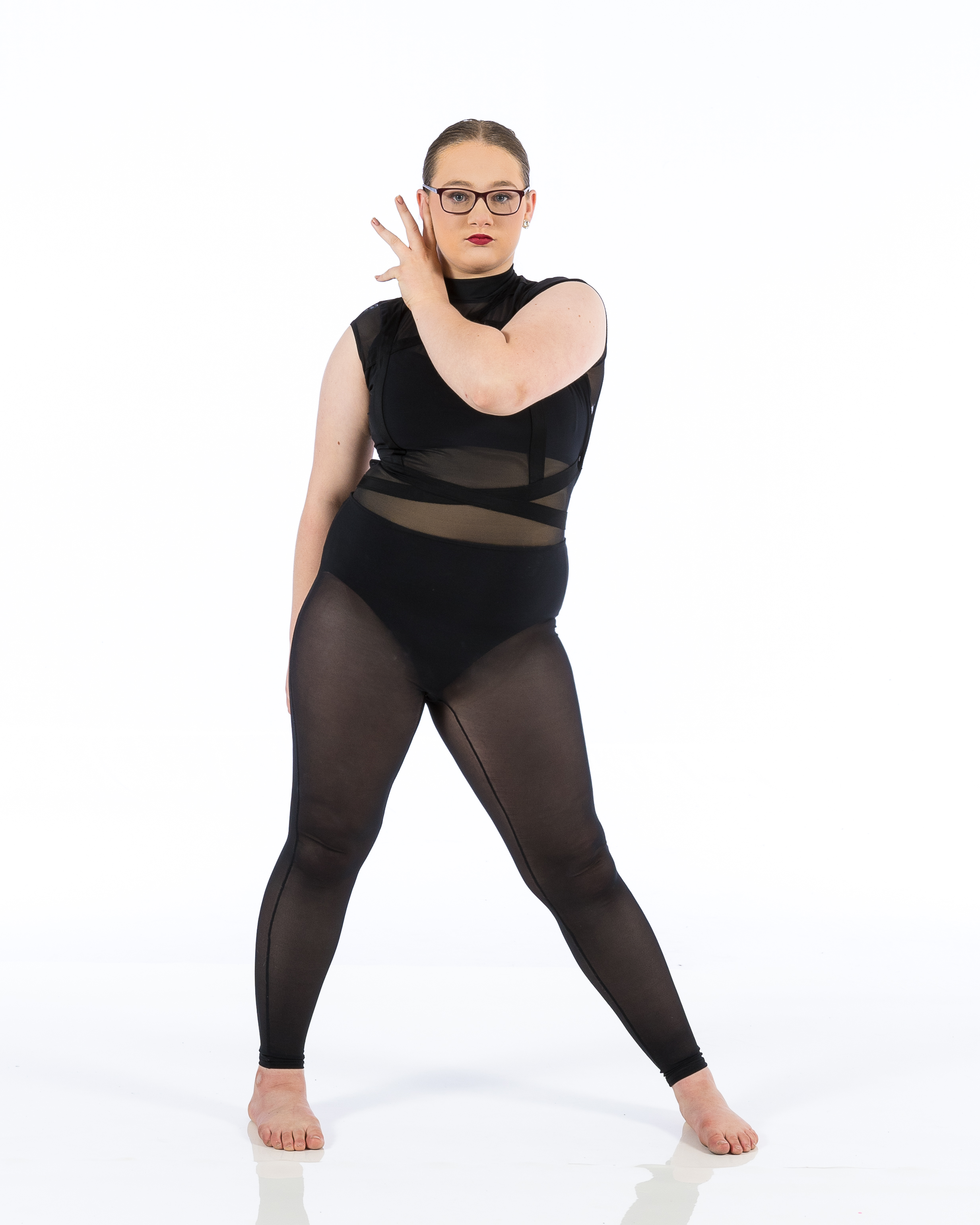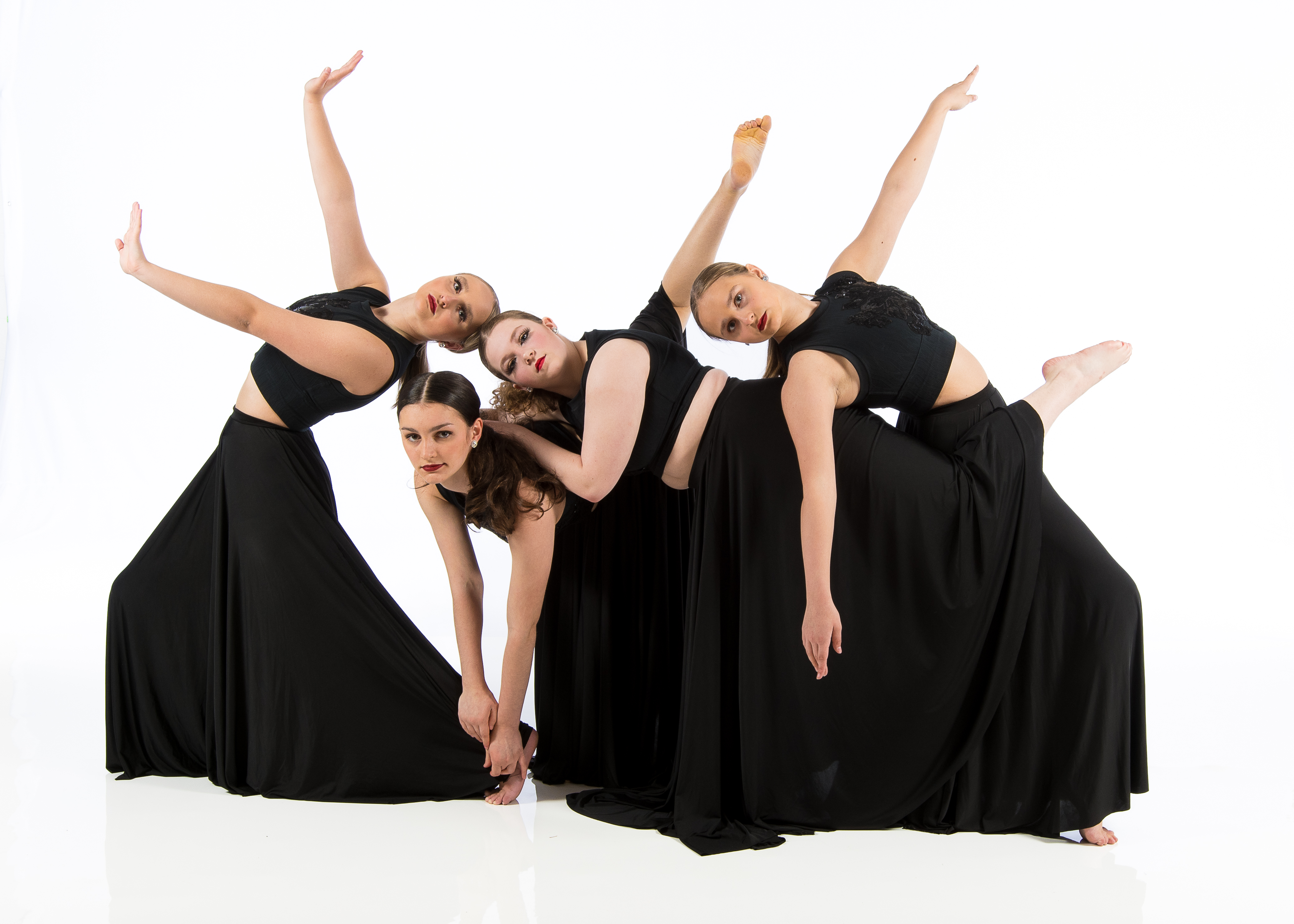Introduction
In the world of performing arts, whether it’s a dance showcase, theatrical production, or musical performance, the significance of preparation cannot be overstated. The heart and soul of any successful show lies in its rehearsal schedule. Crafting an effective rehearsal schedule leading up to show day is not just about timing; it’s about orchestrating every detail to ensure that performers shine under the spotlight.
From coordinating different dance styles to accommodating various skill levels, a well-planned rehearsal schedule can make all the difference. In this article, we’ll explore how to create an effective rehearsal schedule that maximizes your time and resources while fostering a positive environment for all participants.
Understanding the Importance of a Rehearsal Schedule
What is a Rehearsal Schedule?
A rehearsal schedule is a structured plan outlining when and where rehearsals will take place in preparation for an upcoming performance. This document serves as the backbone of any production, offering clarity and direction to both performers and directors.

Why is it Crucial for Dance Showcases?
Dance showcases are unique in their demands; they require synchronization, coordination, and consistent effort from every dancer. A well-crafted rehearsal schedule helps:
- Foster Teamwork: Dancers learn to work collaboratively, understanding each other's strengths and weaknesses. Maximize Performance Quality: Regular practice allows dancers to refine their technique and choreography. Minimize Anxiety: Knowing what to expect reduces stress as show day approaches.
Creating an Effective Rehearsal Schedule Leading Up to Show Day
Step 1: Assessing Your Needs
Before you dive into scheduling rehearsals, take stock of your requirements. Consider factors such as:
- Number of Dancers: How many performers will participate? Dance Styles: Are there multiple genres involved (e.g., ballet, hip-hop)? Skill Levels: Do you have beginners alongside advanced dancers?
Step 2: Establishing Goals
What do you want to achieve before show day? Clearly defined goals will guide your rehearsal agenda. Some common goals include:


- Mastery of choreography Building stage presence Enhancing group dynamics
Step 3: Determining Availability
Survey your dancers for their availability. It’s essential to find times that work for everyone involved. Consider using tools like Google Forms or Doodle Polls for efficient scheduling.
Choosing the Right Venue
Factors Influencing Venue Selection
The venue plays a pivotal role in preparing for a dance showcase. Here are some aspects to consider:
Space Requirements: Ensure there’s ample room for all dancers. Floor Type: Different dance styles may require specific flooring (e.g., sprung floors). Accessibility: Is the venue easy for everyone to reach?Alternative Venues
Sometimes traditional studios may not suffice; consider alternative venues like:
- Community centers Outdoor spaces (weather permitting) Schools with gymnasiums
Drafting the Rehearsal Schedule
Sample Structure for Your Schedule
When drafting your rehearsal schedule, consider using a table format for clarity:
| Date | Time | Location | Focus Area | Notes | |------------|-----------|--------------|--------------------|----------------------| | March 1 | 5 PM | Studio A | Ballet Technique | Warm-up required | | March 3 | 6 PM | Studio B | Group Choreography | Bring costumes | | March 5 | 7 PM | Outdoor Stage| Dress Rehearsal | Check weather |
Allocating Time Wisely
Decide how much time should be allocated per session based on complexity:
- Simple routines might require less time (1 hour). Complex pieces could need upwards of two hours.
The Role of Breaks in Rehearsals
Why Breaks Matter
While intense practice is vital, regular breaks are equally important. They help prevent burnout and maintain energy levels among dancers.
Ideal Break Timing
Plan short breaks every hour during rehearsals—around 10 minutes—to allow dancers to hydrate and refocus.
Incorporating Feedback Sessions
How Feedback Improves Performance
Feedback sessions offer invaluable insights into what works well and what needs improvement.
Scheduling Feedback into Your Routine
Allocate specific times within your schedule dedicated solely to feedback discussions after rehearsals.
Communicating Effectively with Dancers
The Importance of Clear Communication
Effective communication ensures that everyone is on the same page regarding expectations and responsibilities.
Tools for Communication
Utilize group messaging apps or platforms like Slack or WhatsApp to keep everyone informed about schedule changes or important updates.
FAQs About Creating an Effective Rehearsal Schedule Leading Up to Show Day
What if some dancers miss rehearsals?
It's essential to have backup plans in place—consider recording sessions so absent members can catch up later.
How often should I rehearse before show day?
Typically, more frequent rehearsals are beneficial as you get closer to performance day; aim for at least three times a week in the final weeks.
Should I include warm-ups in my schedule?
Absolutely! Warming up prepares dancers physically and mentally—always allocate time at the beginning of each session.
How can I motivate my dancers during rehearsals?
Incorporate fun activities or games related to dancing; this keeps spirits high while still being productive!
What if there's disagreement among team members?
Encourage open dialogue—sometimes having a neutral party mediate can help resolve conflicts amicably.
Should parents be involved in rehearsals?
Depending on age groups, parental involvement can provide support but ensure it doesn’t become disruptive during practice time.
Conclusion
Creating an effective rehearsal schedule leading up to show day requires careful planning, consideration, and commitment from all parties involved. By assessing needs, setting clear goals, communicating effectively with dancers, incorporating breaks and feedback sessions into your routine—all while keeping flexibility Dance Showcase in Forrest Grove https://www.dotyperformance.com/contact-1 https://www.dotyperformance.com/staff at heart—you’re laying down a robust foundation upon which unforgettable performances can flourish.
So remember this as you embark on your journey: every moment spent preparing is an investment into something extraordinary—a dance showcase that captivates audiences and leaves lasting memories! Embrace this process wholeheartedly; after all, it’s not just about getting ready for show day—it’s about nurturing passion through every step along the way!